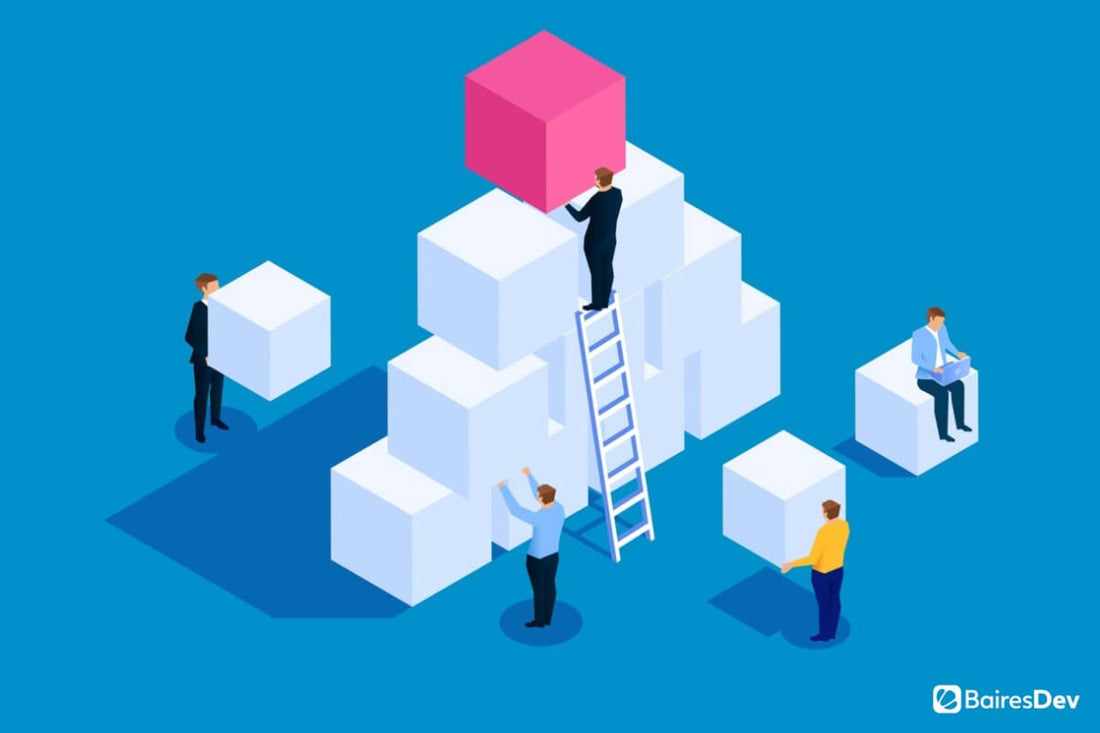When developing for the world of containers, it's crucial to work smart. Discover the best practices for this.

At some point, your development will shift from traditional, monolithic applications to microservices. That means containers. The world of container development is a little different than what you're used to, which means that many of the old best practices no longer apply.
So if you're looking for a change from standard app development, what do you do? You learn as fast as you can. And given how quickly the world of development is evolving these days, that pace has reached breakneck speed. Therefore, you need to learn best practices quickly or you risk being kicked out of the game or constantly deploying applications that don't work, aren't reliable, can't scale, or are too insecure to deploy. be used in a corporate environment.
What are some best practices you should already be adopting for container development? Let's look at some of them that are more immediate and can be implemented from the beginning of your journey.
Use stable images of known entities
This is at the top of the list, simply because it has become one of the most important issues facing container security. Everything you develop in a containerized world starts with an image. You can build your own from scratch, or go the fast route and pull an image from, say, Docker Hub. If you go the third-party route, you should always only use stable images from known entities.
Say, for example, you want to base a container deployment on the latest Python image. If you search Docker Hub you will find many images for Python, but only one official image from the real Python developers. This is the image you should use. Any image originating from an official entity will be marked as such. It is important that you only use these images. Don't extract an image from an unknown source, because you never know what it might contain.
Keep your images small
You may be tempted to form your containers into an image that includes multiple resources. Keep this in mind: the larger the image, the larger its container will be. If you base all of these containers on larger images when deploying an application that includes many moving parts, as well as introducing unnecessary services, you run the risk of racking up a significantly higher cloud hosting bill.
Remember, the idea behind containerization is to achieve massive scalability at reduced prices. Therefore, deploying containers based on large images defeats this purpose.
Don't do that. Always use the smallest (official) image you can find. And if you can't find an official image small enough, create your own. Additionally, with a bigger picture, the attack plan can grow exponentially.
Keep it small.
Use persistent data
You should avoid storing data in the storage layer of a container. Why? Two reasons: Storage and accessibility. Consider this: If you stored data in the storage layer of a container, that container would grow exponentially. This is not everything. If the container crashes, the data will no longer be accessible. Instead, you should store your data on persistent volumes.
By using volumes, you ensure that the size of the containers will not increase as more data is collected and that the stored data can be accessible by multiple containers.
Employ CI/CD for testing and deployment
You will need a lot of testing. And implementation will be an ongoing issue. Remember, when you containerize an application, the goal is automation. You don't want to slow down deployment time by having to test and redeploy everything manually. Instead, adopt a Continuous Integration/Continuous Deployment (CI/CD) approach.
With CI/CD the goal is to automate as much as possible. Once you employ CI/CD for testing and deployment, you'll find that everything works much more efficiently.
Intelligently identify container images
When creating your own images (or modifying ones you've pulled), you'll have to tag them before they can be uploaded back to your repositories. When tagging these images, make sure you do it smartly. Don’t just tag an image with “most recent” or the date. You may have included a specific feature in an image or created an image for a certain purpose.
Be sure to tag these images so you always know their purpose.
Consider security at every step
With container development, security starts at square one and never stops. This is especially true when your goal is automation. At this point, you should consider security as a circle that surrounds all aspects of your deployment.
Security starts with base images, goes through container manifests, checks in DevOps, GitOps, and automation tools, moves through deployment, and back to the repositories that house your code. If you look at security as a never-ending component that must follow the container from start to finish, you will find that these deployments are worth using.
Remember, security in container development never rests.
One application per container
While you can deploy a single container that houses all the applications needed for a service, you shouldn't. Why? The biggest reason is that single-application containers are easier to scale. And since scalability is one of the main goals of containerization, it's obvious.
Scalability is possible because a cluster manager can deploy more containers when needed. For example, if your application only requires more instances of a database to scale, if you have moved that database to a container with other applications, scaling will include those other applications, which is not efficient.
Single-application containers are also much easier to build and test.
Conclusion
If you start your container development journey with these best practices, you'll be off on the right foot. Of course, there are always more best practices, some of which will be dictated by the project at hand. But in general, what you see here should be useful in most container deployments.




















































